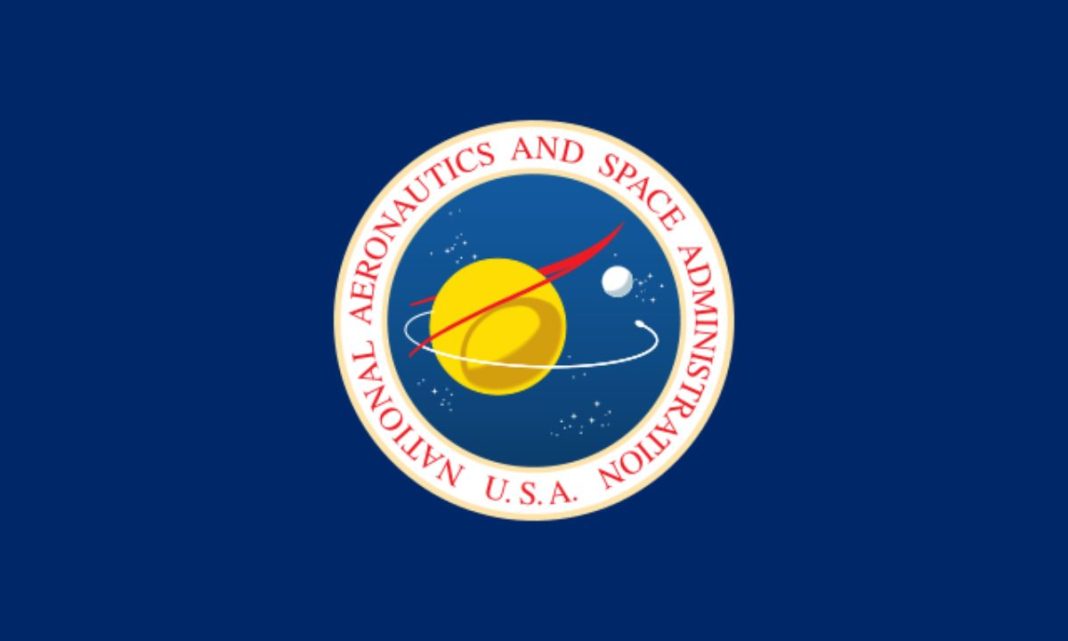Americans expect their government to operate with precision and efficiency, prioritizing the responsible use of taxpayer dollars. Waste and inefficiency in federal agencies spark frustration among citizens who want their hard-earned money to fund meaningful progress, not bureaucratic excess.
From local communities to national institutions, there’s a shared demand for transparency and accountability, ensuring that public resources are allocated to serve the public good. Government agencies, tasked with critical missions, face intense scrutiny to eliminate practices that drain funds without delivering clear value. This expectation sets the stage for examining how agencies like NASA manage their budgets, particularly in areas like taxpayer-funded union activities.
Recent data from NASA reveals a significant jump in spending on taxpayer-funded union time—where federal employees perform union-related duties while being paid by the government. Initially, NASA reported $417,798 for these activities in the 12 months ending September 30, 2024. However, updated figures obtained by the New York Post show the actual cost soared to $893,620, more than doubling the original estimate.
“As has been the case with other federal agencies under the Biden administration, NASA bureaucrats were racking up an astronomical tab doing union time on the taxpayers’ dime,” said Sen. Joni Ernst (R-Iowa) to the New York Post. “We need to end the absurd practice of taxpayer-funded union time across government to ensure that federal employees serve the American people, not themselves.”
NASA’s spending on union activities in 2023 also exceeded initial reports. The agency originally disclosed $477,204 for fiscal year 2023, but revised numbers now peg the cost at $636,189. This increase comes as NASA’s overall budget tightened, dropping from $25.4 billion in 2023 to $24.88 billion in 2024, highlighting the strain of rising costs in a constrained financial environment.
Taxpayer-funded union time covers activities like labor meetings, union-sponsored training, preparing for collective bargaining, and supporting employees facing disciplinary actions. Under the Federal Service Labor Management Relations Statute, federal unions cannot negotiate pay or benefits, which are set by law and regulation. Instead, they focus on workplace policies, such as telework arrangements or procedural matters.
“They’re left negotiating for tedious things that are of zero or negative benefit to taxpayers,” said Rachel Greszler, a senior research fellow at the Heritage Foundation, to the New York Post. “This includes things like the height of cubicle panels, securing designated smoking areas on otherwise smoke-free campuses, and the right to wear Spandex at work.”
The data shows a rise in union activity at NASA. In 2023, 43 employees logged 6,588.5 hours of taxpayer-funded union work. By 2024, that number grew to 49 employees and 8,780.25 hours.
Two major unions, the International Federation of Professional and Technical Engineers and the American Federation of Government Employees, represent NASA’s workforce.
Sen. Ernst, who leads the Senate DOGE Caucus, is pushing to eliminate taxpayer-funded union time and has requested data from 24 federal agencies. Of these agencies, NASA was among the first to respond.
The agency defended its practices, with a spokesperson telling the New York Post, “In keeping with precedent, NASA is committed to providing transparency to those conducting oversight in the legislative branch.” The spokesperson added, “NASA complies with federal law, allowing employees to be granted official time to perform certain labor union representation activities.”
Among agencies responding to Ernst’s inquiries, the Defense Health Agency reported the highest expenditure, spending $3.3 million on union time in fiscal years 2023 and 2024. The Office of Personnel Management (OPM) once tracked this data comprehensively but ceased after 2019.
In February, the Trump administration urged agencies to resume reporting. OPM’s report in 2019 showed the federal government spent at least $135 million on union time, with NASA’s share at $641,037.
What are your thoughts on NASA spending taxpayer funds on union time? Do you agree with that practice? Let us know what you think in the comments below!


Time spent doing Union business should be paid by the Union. Union tasks can be done after duty hours. This includes, office space, equipment, parking, etc. The taxpayers should not be paying one cent for Union business.